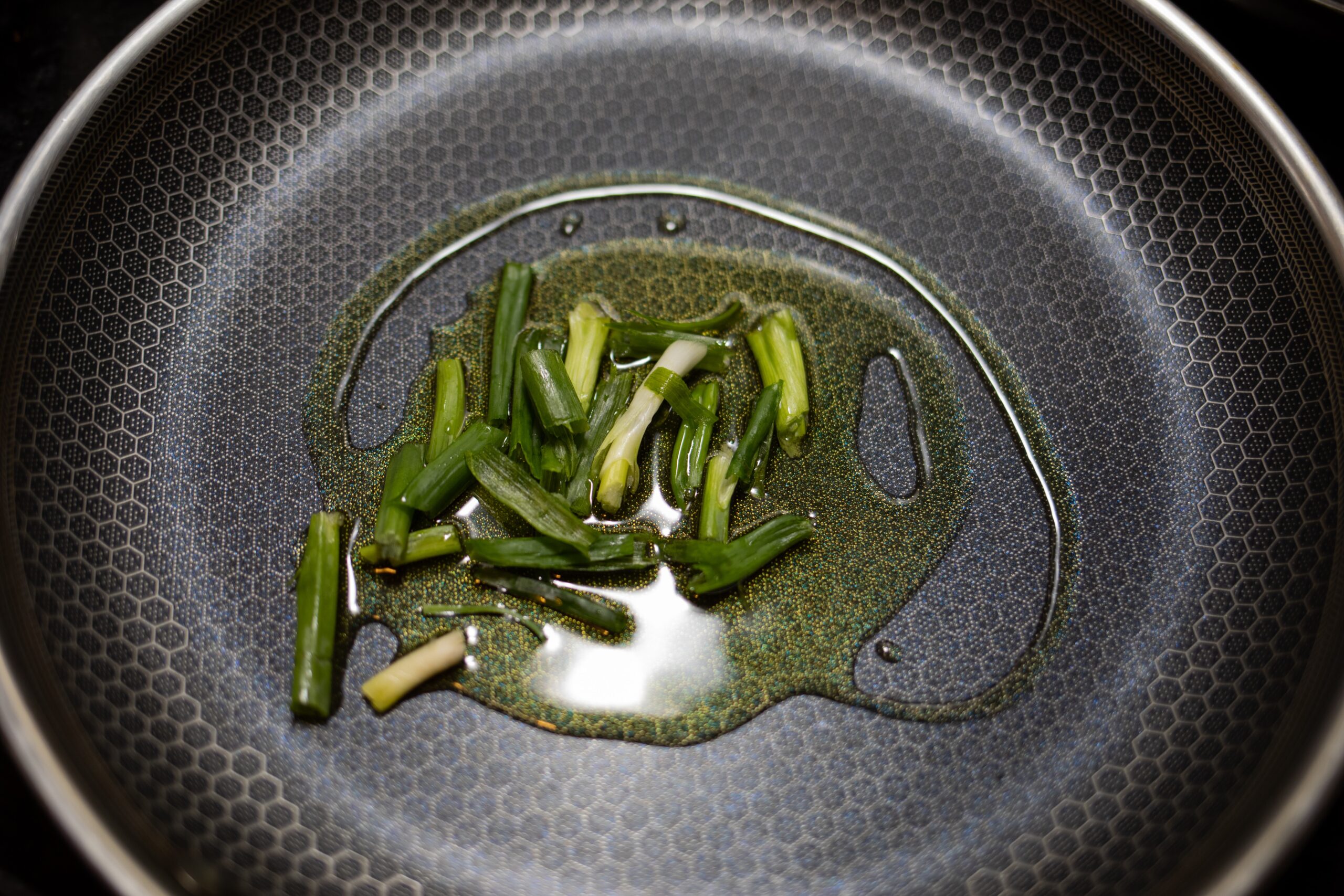Condiments may not seem like a big deal, but think of it like debt. It’s not usually the principal (the meal) that drives people deep in debt. It’s the late fees (and the late fees on the late fees) and the interest (and the interest on the interest). Those represent the condiments that could put you well over your caloric budget, especially since they usually come out of bottles we squeeze and turn upside down with abandon.
What’s the skinny?
- Diet and what we eat is one of the biggest drivers in a successful approach to fitness.
- Despite valiant attempts to eat healthy, we may be still fall into the “caloriebomb” trap,.
- Condiment caloriebombs are hidden calories in healthy foods that defeat the purpose of eating such foods.
- This article will inform you how to spot them and how to take control of them.
Condiment caloriebombs
One of the most baffling things about getting fit is eating all the “right” foods and not seeing results, or being even worse off than when you made these changes. The devil, as always, is in the details.
If you are not careful, you could be eating foods with hundreds of calories of fats from oils, sauces, dressings, and butters that unnecessarily are used to enhance the flavor of food. Even if you are eating something as “healthy” as a salad, or vegetables, you could be eating a 1400 calorie instead of a 400 calorie salad just because of the dressing.
Proceed with caution: restaurant salad entrees and other hot zones
Condiment Caloriebombs are rampant in restaurant / takeout situation. For example, curry could sound healthy but it is usually high in fat from oils, sugars, and other ingredients that you have no control over. Most foods, even healthy ones like salmon and vegetables, are prepared in oil or butter, sometimes both. Salads don’t fare much better. In fact many of the most popular restaurant chains, like California Pizza Kitchen, TGI Friday’s and Cheesecake factories have salads ranging from 1-2000 calories because of the calories from the dressing. Of course, portion sizes are like an evil sidekick in this scheme.

What to do to minimize the damage
No, don’t order a magic carpet.
Always order the dressing on the side, and BYOD. If it is not convenient to BYOD (see my post on the Dao of Eating on the go like a boss for more about this), then order oil and vinegar on the side (all restaurants have this). Then season the salad mostly with vinegar. If it already has a fat, like avocado or cheese, you actually don’t need any additional oil or dressing. Just spread it through your salad. You could also ask for another low-cal condiment to add a kick, like hot sauce or salsa.
Other oil-related saboteurs to watch out for
Cream is a close cousin of oil. You would not believe the places cream can turn up. In fish sauces, steak, pastas, and even foods you assume are healthy like eggs and soups. In Asian/Indian dishes, while actual cream may not be used, dishes can be cream like with the addition of coconut milk, which is essentially a non-dairy version of cream, or ghee, which is a type of dairy-free butter. Ghee usually weighs in at 130 calories per tablespoon.
With Asian cuisines, you can ask for the dish to be steamed and order brown sauce on the side, which is usually the least amount of calories. You can also see my post on what the healthiest dishes are to order in “ordering in like a boss”. For Indian dishes, stick with tandoori or tikka style which are usually not prepared in heavy sauces.
When it comes to Mexican food, entrees like fajitas will of course be cooked in heavy oils. Sour cream and guacamole compound the calorie bombs. Fish tacos usually come with a creamy aioli type of sauce that packs on the calories. Even the tortilla chips are bathed in oil, causing them to be even more fattening than the Tostitos you could buy in the grocery store. Starting with a ceviche, which is raw and cannot have added oil, and then having a salad with BYOD or dressing on the side is probably a safer bet. You can also substitute chips and salsa for raw veggies and salsa. Just ask the server to bring you carrot / celery sticks instead.
Summary: avoiding saboteurs from outside food
So, to summarize for avoiding caloriebombs when eating out/ordering in:
- Ask for steamed vegetables instead of grilled.
- Ask for oil and vinegar dressing on the side for salad
- Order as much “raw” food as possible – carpaccio, sashimi, oysters, shrimp cocktail, olives, crudite, or pickled veggies; this will ensure that unnecessary oils are not added.
You can read more of my savvy ordering tips in my article, How to order in like a boss

Avoiding sabotuers at home
The devil you may know is better than the one you don’t
We can’t always control our outside environment. That’s why you are probably better off eating out less frequently, and then making that meal your 20. If you order exactly what you want anyway you probably will end up getting satisfied sooner and eating less of it than cleaning off a plate with a salad meant to feed four people. If you know you are probably getting into a calorically expensive situation when eating out, you are better off trying to control your food environment at home.
What we can control – our own food preparation
Despite all the precautions one may take when eating out, we cannot always control all of those circumstances. So let’s focus on what we can control, with our cooking.
There has been a lot of unnecessary use of oil in cooking, and this is responsible for hundreds if not thousands of unnecessary calories a day. Think about making a healthy meal for a minute – for example a chicken and veggie stir fry. You have lean chicken breast, broccoli, mushroom, carrots, onions, and you are feeling healthy AF.
But you have to coat the pan, right? Here is where most people go wrong. They take the cooking oil and turn it upside down. Then later, as the pan gets dry, you add more oil
In this scenario, it doesn’t really matter what the oil is. That’s another misconception, that as long as it is “EVOO” or another endorsed oil like avocado or coconut then it’s a “good fat” and therefore ok. That’s true, it is a good fat, but not when you add a 1000 calories worth of it.
How a healthy dish can go wrong
Here’s why that can easily happen. Any of these types of oils – sesame, olive oil, coconut, avocado, grapeseed, walnut, have 120 calories per tablespoon. I urge you to order a tablespoon measuring spoon and see how little that is. It’s the equivalent of inverting the bottle for less than a second. And if you are a normal person you probably hold it on there for at least a few seconds, and also whisk your hand around. Most recipes will call for ¼ cup of oil, which is 4 tablespoons. That’s 480 calories, before any of the food is considered. That’s about what a whole meal should be. And if you aren’t measuring at all, you could easily be adding up to half a cup, which is about a 1000 calories.
Sugar – oil’s nasty cousin
If oil wasn’t already doing a good enough job about sabotaging otherwise healthy food we prepare, hidden sugars are picking up the slack. For example, salad dressings that boast being “fat free” makeup for the lack of taste with sugar. The same holds for sauces that you often like to have with your meat or potatoes, like ketchup. The lack of realization of how little of these in quantity go such a long way is what makes them add up to have a nefarious effect. I doubt that anyone actually only dips fries in 1 tablespoon of ketchup – which is about 20 calories, but also not much more than the tip of your thumb.
Knowing the types of sauces which are likely to have a lot of sugar helps you become more savvy. A short list of these includes:
- Hoisin sauce
- Teriyaki
- Ketchup
- Honey Mustard
- Sriracha (the basic brand; there are healthier brands, like Melinda’s Sriracha that don’t have the sugar).
- Relish
- Barbeque sauce
Note also when buying condiments the label won’t always say “sugar” as an ingredients. Like a good saboteur, sugar has many disguises. A short list of other variants of sugar include:
- High fructose corn syrup
- Dextrose
- Brown rice syrup
- Cane juice
- Agave nectar.
That last one is a pretty good saboteur, right? Something you may have heard of for being healthy. Nope, it’s sugar. The emperor has no clothes.

What’s the solution?
What’s the alternative? ELIMINATE using cooking oils while COOKING. Instead, use vegetable broth or water prepare anything from eggs to meats to vegetables. Watch out for olive oil sprays, too. Most of them say that they are “zero calories,” but that is because the quantity is measured by a third of a second – and who sprays for a third of a second? It can get dangerous and impossible to measure the amount of calories that add up.
If you really want to add oil to your meal, then make sure you wait until the end to measure out a tablespoon and drizzle it over the food. But better yet, just chew your fat. See below.
EAT your fat
I am much more satisfied when I can eat my fats – from nuts, seeds, avocados, or olives. So back in that stir fry example, why not cook with the vegetable broth and then add a quarter cup of sesame seeds insteads? You can have that for only 200 extra calories for the whole dish, and you get so many more nutrients. In addition to fat, you get iron, antioxidants, fiber, and protei. So you already have the PFf in your PFfCW formula just by the addition of the seeds. This is a much more satisfying way to get your fat than just absorbing it through your tongue.
Use low-calorie sauces and dressings to coat with flavor
Low-cal and tasty seasonings are your friend. Sauces like coconut aminos (or as my husband likes to call it, soy sauce of rich people) make great additions to basically any protein. Coconut aminos are also delicious for almost any salad or vegetable. They have a delicious soy sauce taste, but a little sweeter, without the MSG. Add that to a simple frozen cauliflower rice microwaved with some chicken breast and greens and you have yourself an instant cauliflower fried rice! (I will enclose the more detailed recipe below).
Salads
If I am making a salad, I mainly use balsamic vinegar as a topping and add a few olives, or if I really want dressing, recommend Spicy lime tahini from whole foods – which is only 90 calories for TWO tablespoons, as opposed to 120 calories for one tablespoon of olive oil. Proteins like fish and meat are delicious on their own if they are high quality; also a little bit of lemon and seasoning goes a long way.
Low calorie condiments
You don’t have to give up condiments. Your food should taste good. There are also a variety of delicious, low calorie seasonings from primal kitchen, including low sugar ketchup, barbeque sauce, and mango dressing. For those if you who like spicy, Cholula and Nando’s peri-peri sauces are excellent for marinades.
For vegetables, I generally steam them, and then dress them. To get a curry-like dish, I use pouch dressings from Saffron Road – which comes in flavors including Thai Red Curry and Chicken Tikka Each pouch has only about 250 calories, and there is definitely enough to feed a family of four, so that is only about 60 calories per serving!

Spice makes everything nice
Spices are so underused. There is definitely more to life than salt and pepper. The more different kinds of spices, the more your taste buds are entertained.
My favorite spices/ seasonings are:
For fish/shrimp/scallops
- Saffron (which also gives the meat a pleasant buttery yellow tint).
- Ginger
- Cajun spice
- Dill
- Parsley
- Basil
- Cayenne pepper
For chicken/ground turkey:
- Smoked Paprika
- Chipotle powder
- Turmeric
- Cumin
- Mustard seed
For beef:
- Cayenne pepper
- Curry powder
- Mustard powder
- Onion salt
For tofu/tempeh
- Garlic powder
- Sriracha
- Sea salt
- Turmeric

Appendix: Cauliflower fried rice recipe
- Frozen cauliflower rice (e.g., caulipower cauliflower rice )
- Pre-chopped carrots, onion and celery mix (i.e., from Cascadian farm)
- Pre-cooked chicken breast, sliced
- Coconut aminos
- Liquid eggwhites and one egg
- Defrost the frozen veggies in either the fridge or microwave
- Once defrosted, drain extra water in a strainer
- Place veggies and chicken breast in a deep bowl
- Microwave for 2.5-3 minutes, covered. If adding egg, let stand for a minute then add egg, microwave for an extra 2 minutes.
- Let it cool off, then add some coconut aminos and if desired, hot sauce






